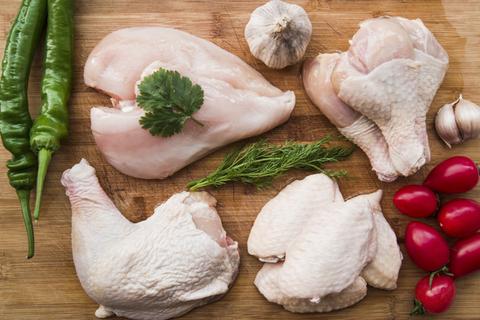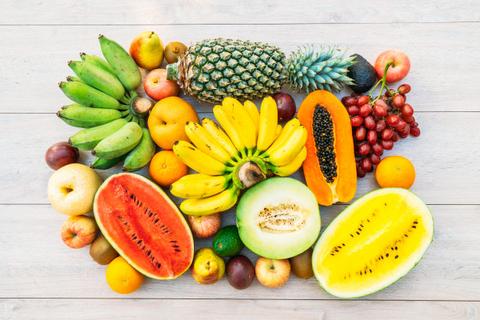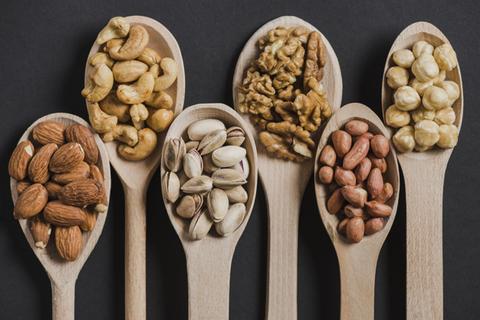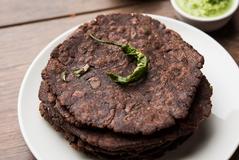Can you imagine a single meal without the addition of salt? Difficult, right? We have been generously seasoning our food with salt and relishing snacks with high sodium food additives for decades, but did you know that a high salt diet can cause everything from high blood pressure to kidney disease and even strokes and dementia?
We eat 10 grams of salt every day on an average, studies say. That’s twice the recommended amount by the World Health Organisation (WHO). With the increased consumption of packaged foods, the amount of salt we are putting in our bodies is increasing rapidly and it won’t be long before our children start showing the harmful effects choosing high salt foods over a low sodium diet.
But what if we told you that you can have flavourful, yet healthy meals made up of low sodium foods from your very own kitchen?
Here are 5 low salt foods that you can include to provide your family with a low sodium diet:
1. Fresh Fruits
|
5. Lean Meat and Eggs
It is possible to cook lean meats and eggs with less salt as these foods are healthy and naturally sodium-rich. We tend to over season our meats which dominate the taste and flavor of the natural oils in them. Baking or grilling the meats with veggies and herbs will not need excess salt. These cooking processes are healthier too.

Tips to ensure you’re having low salt foods:
|
– Preeti Athri




